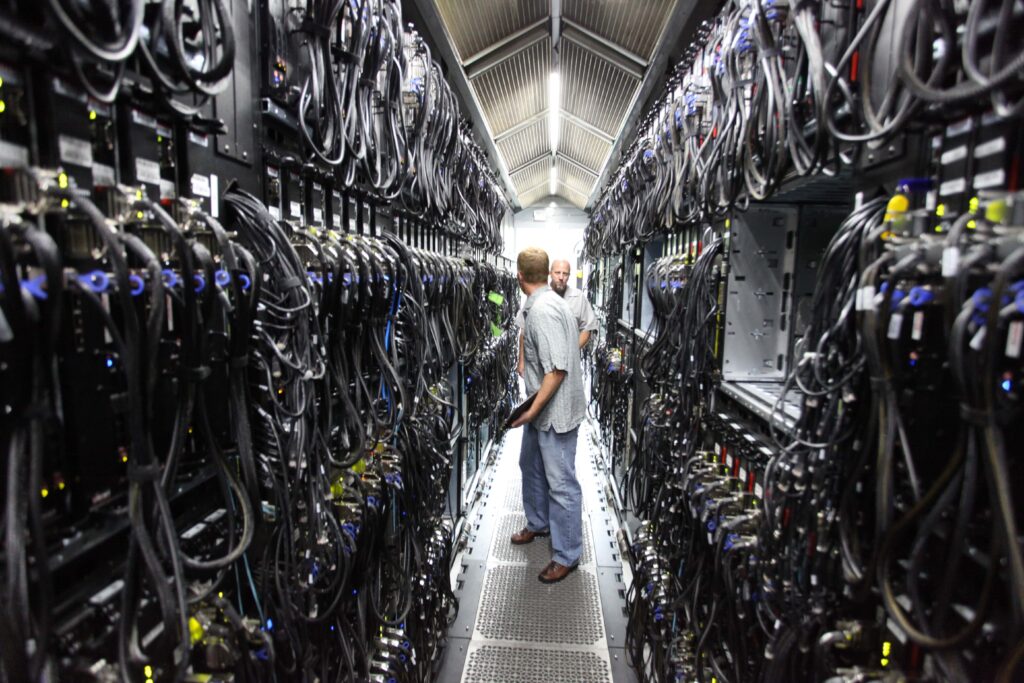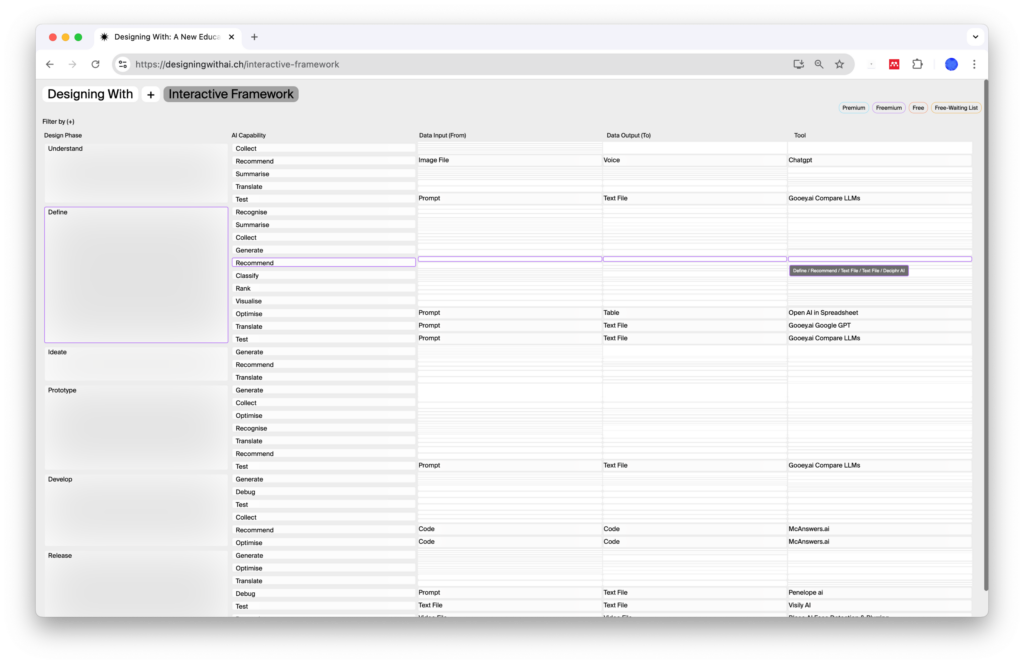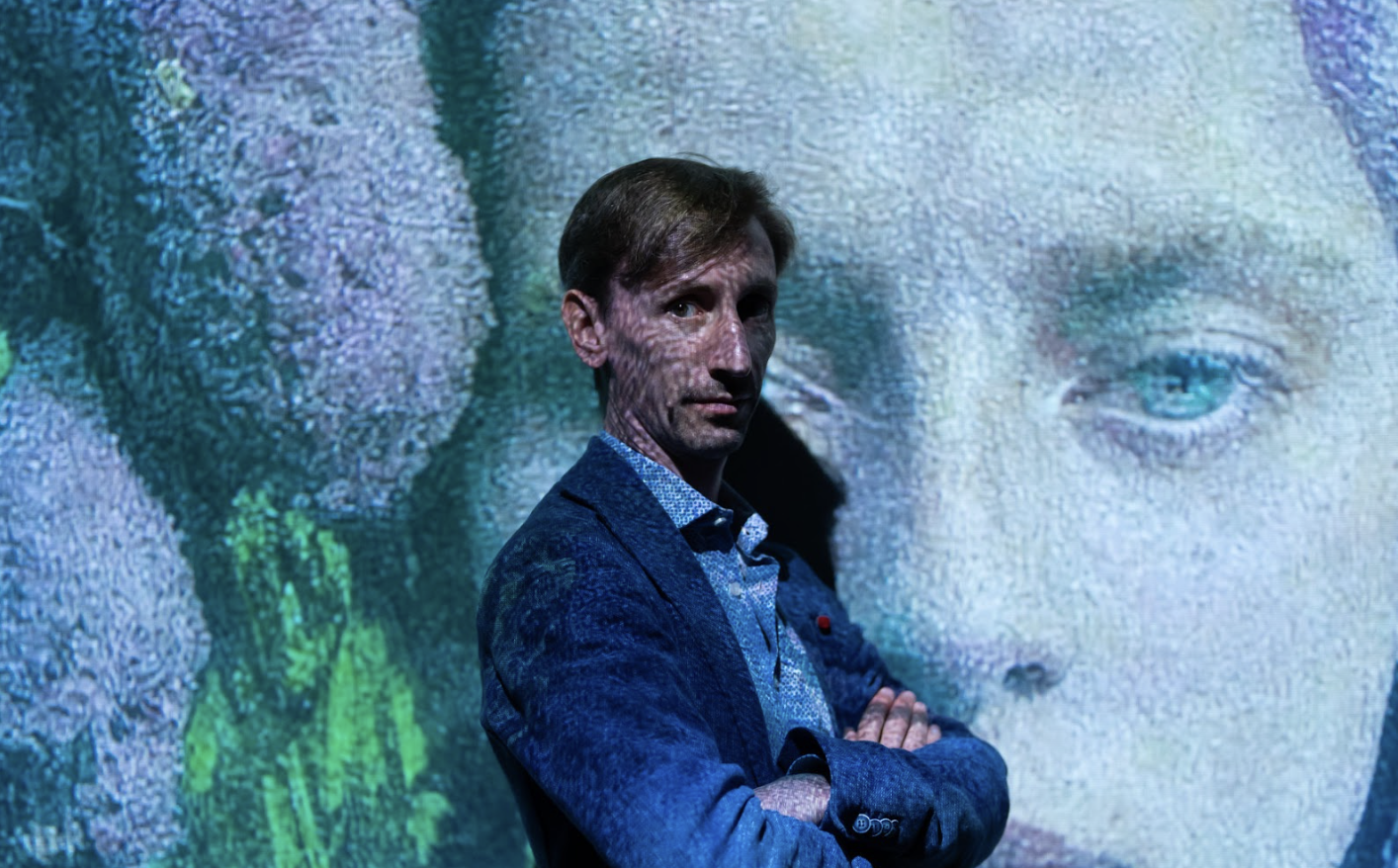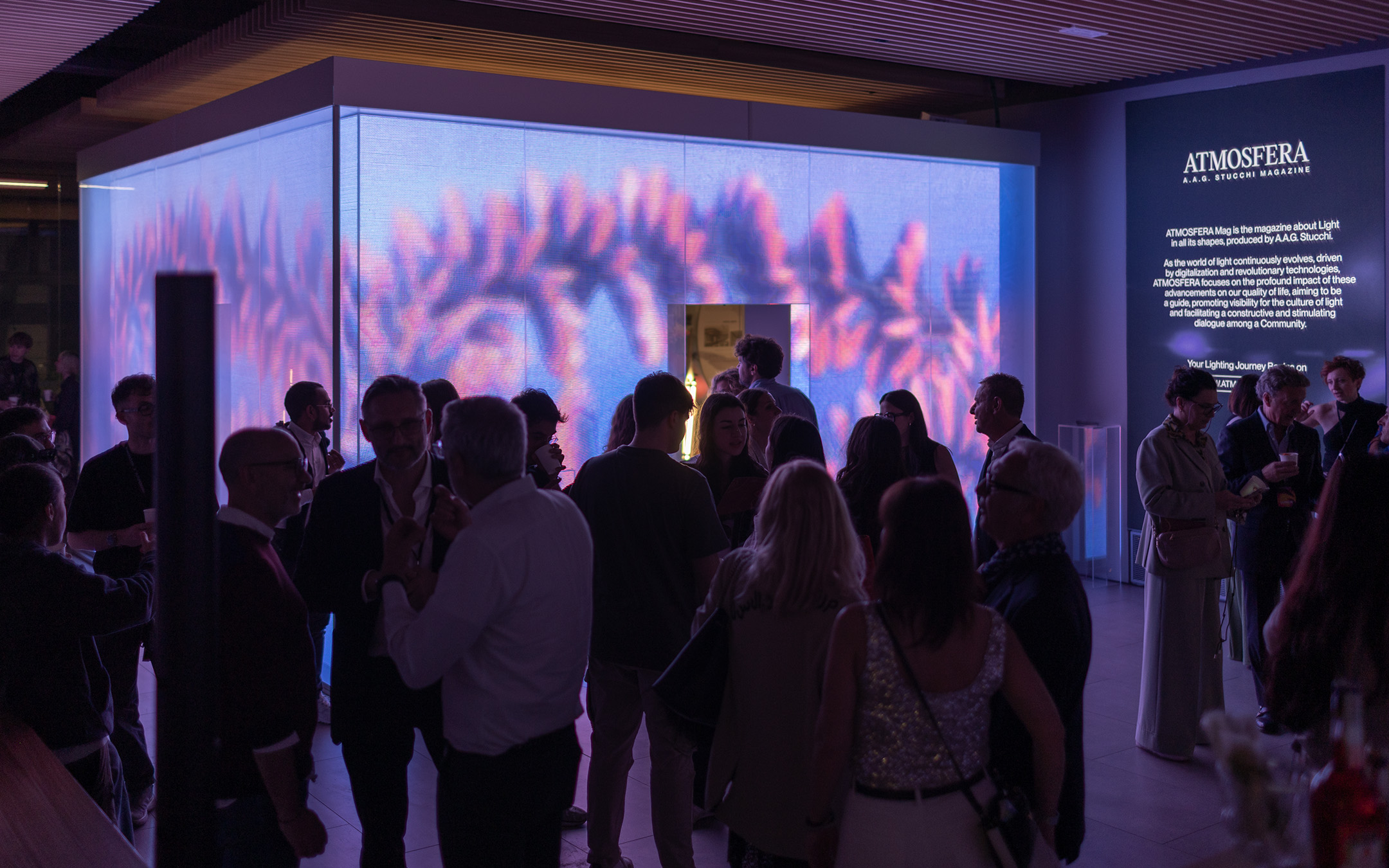«The idea that Artificial Intelligence can fully replace human knowledge and control is a myth», says Matteo Subet and Antonella Autuori, PhD researchers in design at SUPSI’s Interaction Design Research Group. Access to AI tools isn’t sufficient: we need to learn how they work and use them consciously. «The real challenge is not accessing these tools, but knowing how to use them critically and apply them within a thoughtful design process».
ubet and Autuori will join philosopher and digital artist Francesco D’Isa for the talk Who’s Afraid of AI?, part of LUMEN, the live event by Atmosfera Mag and A.A.G. Stucchi during Fuorisalone 2025. The panel discussion will be on April 10 from 7 p.m. to 8 p.m.
What are the most relevant current applications of AI in design?
«AI is evolving rapidly, and generative models are now essential tools in creative workflows. These systems can translate text into images, videos, soundscapes, or 3D visualizations. But this isn’t entirely new—throughout history, innovations like Renaissance perspective, photography, CAD, and 3D modeling have continuously redefined the boundaries between creativity, technique, and expression. AI continues this trajectory by amplifying, not replacing, human creativity.
Generative AI enables people to bring visual ideas to life without advanced technical training. Yet, the quality of results depends on how well users understand both the tool and the visual languages they’re working with—whether that’s photography, illustration, or modeling. Without a clear intention, AI may flatten the creative process. But when used with purpose, it becomes a powerful instrument for exploration and experimentation».

What does co-designing with AI mean? Can we move past the idea that it replaces human input?
«AI isn’t autonomous. It’s designed, trained, and maintained by humans. Co-designing with AI means using human judgment to shape and guide the system’s outputs—it affirms that technology should always be grounded in intentional, human-driven processes. Collaborating with AI doesn’t mean letting machines take over; it means bringing together machine capabilities and human insight. AI systems don’t have values, intuition, or true understanding. They can’t perceive context, grasp subtlety, or make independent decisions. Their outputs are based on statistical correlations—not comprehension. These systems are completely dependent on the infrastructure behind them: servers, data centers, and cloud platforms. If the infrastructure stops working, so does the AI. It’s just a tool—and it’s our responsibility to direct it».

How well do we understand AI tools, and what might the future of design look like?
«Most people have tried AI tools like ChatGPT or Midjourney. They’re easy to use, but their inner workings remain opaque. On the other hand, open-source tools—like those available on Hugging Face or run locally on private servers—allow for transparency and customization but require technical skills. This highlights a major gap: the need for computational literacy. Designers don’t just need to know how to use AI—they need to understand how it works, what data it’s using, and what consequences arise from that.Education must go beyond basic digital skills. We should be teaching how machine learning models function, how bias appears in datasets, and how data collection raises ethical concerns. Without this awareness, AI risks being seen as something static and unquestionable instead of flexible and adaptable. This is why, from 2021 to 2024, we developed Designing With AI at SUPSI—a project that offers a clear, structured framework to help designers understand what AI can do and how to integrate it responsibly into creative practice».

What are the most widely used AI tools—and who’s using them?
«Generative AI platforms are widely accessible now, offering intuitive interfaces that allow anyone to create content. But behind this ease lies complexity. Many users don’t realize what data they’re sharing—or that uploading an image might grant the platform broad usage rights, often hidden in unread terms of service.
.

New AI tools are released almost daily, creating a flood of options that’s hard to navigate. To support designers, educators, and students, we developed the Interactive Framework within the Designing With AI project. It links specific AI capabilities to real design needs, connecting tools with data, methods, and stages of the design process. The goal is to help people work with AI, not around it».






